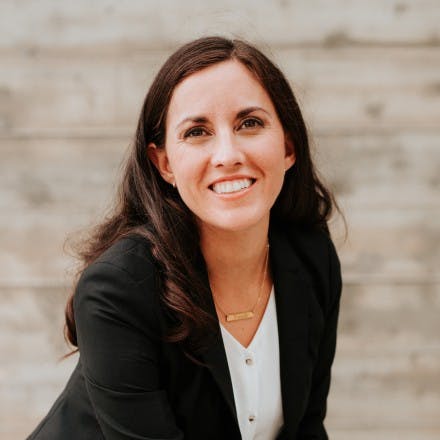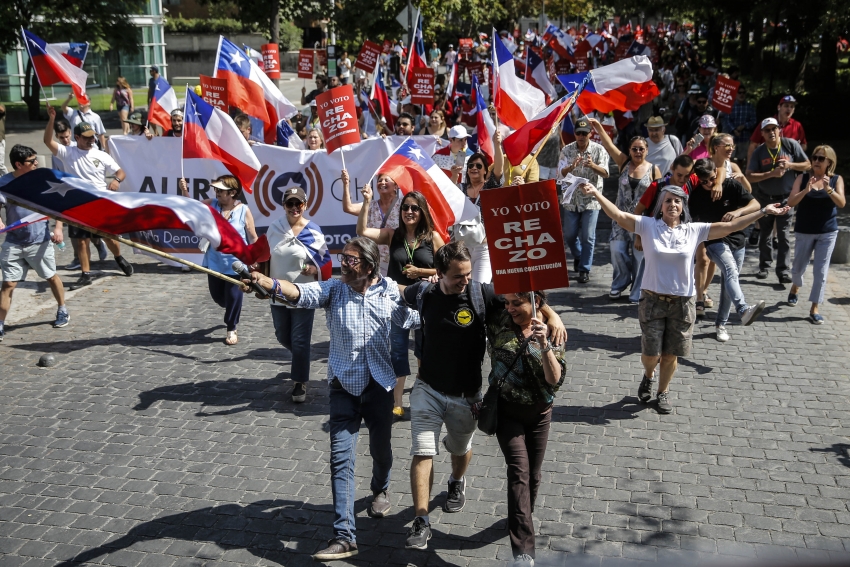NOVA SCOTIA
Showing solidarity with Wet’suwet’en chiefs
Corey LeBlanc (coreyleblanc@thecasket.ca)

There was plenty of drumming and singing during a ‘slow down’ of traffic on Highway 104 in Auld’s Cove Saturday afternoon in support of Wet’suwet’en land defenders. Corey LeBlanc

Many participants in a gathering Saturday afternoon on Highway 104 in Auld’s Cove carried colourful signs of solidarity with the Wet’suwet’en land defenders. Corey LeBlanc

An elder passes an information package to a motorist Saturday afternoon in Auld’s Cove during a gathering of solidarity for Wet’suwet’en land defenders. Corey LeBlanc

A ‘slow down’ of traffic on Highway 104 in Auld’s Cove Saturday afternoon included drumming and singing. Corey LeBlanc

More than 150 people participated in a traffic ‘slow down’ as a show of solidarity with the Wet’suwet’en land defenders Saturday afternoon on Highway 104 in Auld’s Cove. Corey LeBlanc

Messages, such as ‘water is life,’ were prevalent during a gathering of solidarity with Wet’suwet’en land defenders on Highway 104 in Auld’s Cove Saturday afternoon. Corey LeBlanc

The majority of motorists accepted information packages from elders participating in a ‘slow down’ of traffic on Highway 104 in Auld’s Cove Saturday afternoon. Corey LeBlanc

Despite the biting temperatures Saturday afternoon on Highway 104 in Auld’s Cove, more than 150 people gathered in a show of support for Wet’suwet’en land defenders. Corey LeBlanc
More than 150 people gather in Auld’s Cove Saturday afternoon for traffic ‘slow down’
SALTWIRE NETWORK
AULD'S COVE - The hood of Emery Googoo’s coat, one trimmed with warm fur, was fixed snuggly over his head.
It came in handy for the nine-year-old as he stood side-by-side with his father on a biting Saturday afternoon, as chilly wind gusts come off the Strait of Canso.
The father-son duo were among more than 150 protestors who gathered on Highway 104 in Auld’s Cove, approximately a kilometre or so on the mainland side of the Canso Causeway, for what organizers called a ‘slow down’ of traffic as a show of support for the Wet’suwet’en land defenders.
“I am concerned about his future; my family’s future,” Steven Googoo, of We’koqma’q First Nation, said as he gestured towards Emery.
He added concerns being raised are ones that apply across the country; issues that need to be dealt with and discussed.
“We need to bring to light what is happening to the Wet’suwet’en chiefs,” Googoo said.
“It is about showing unity and standing with them.”
The Wet’suwet’en chiefs in British Columbia continue their call for an end to patrols on their territory and the closure of a remote RCMP office, as well as a stop to construction of the Coastal GasLink pipeline.
Signs of support have popped up across Canada, including blockades of railroad tracks, which have brought that mode of transportation, of both people and goods, to a screeching halt.
A day after Prime Minister Justin Trudeau called for the end to those barricades, they continued, along with a variety of solidarity protests, including a gathering of thousands of people at Queen’s Park in Toronto.
While protestors have blocked traffic on some occasions, including during one assembly earlier this month at the entrance to the Fairview Cove Container Terminal in Halifax, Madonna Bernard (noting that is her colonial name) explained why organizers of the Auld’s Cove gathering opted to conduct a “slow down” of traffic.
“We wanted to provide elders with an opportunity to educate,” she said, while in the background participants passed out information packages to motorists.
Participants stood on the painted island in between the two lanes of the highway. Up the roadway, on either side, RCMP members slowed traffic as it approached the group.
Because there was no opportunity to speak to motorists, as they did not have to come to a complete stop, it was difficult to gauge reaction to the protest, other than the majority rolled down their windows and accepted the information packages.
And, of course, there were car horn honks of support, which blended in with the singing and drumming provided by a small group of Indigenous drummers and singers.
Colourful signs and banners, carrying messages such as ‘Respect our Mother Earth,’ ‘Water is Life’ and ‘Solidarity with the Wet’suwet’en,’ dotted the crowd.
While holding one with her friend, Justice Stephney said the protest provided the important opportunity “to show solidarity” with the Wet’suwet’en chiefs and their plight.
The Sault Ste. Marie, Ont. native, who has been working on a Cape Breton organic farm since 2017, added recognition of Indigenous sovereignty is “really important.”
“We stand by them,” Bernard said of the Wet’suwet’en land defenders.
She added it is about showing support “from nation to nation.”
Bernard noted bringing these issues to light is crucial to the future of children and grandchildren - “yours and ours.”
“It is about the future; our land, our water, our air – everything,” she said.
Bernard marvelled at the level of vitriol and racist comments cast towards Indigenous people since the cross-country protests began.
“I know I sound angry because we are angry,” she said.
As for the turnout and show of support for the ‘slow down,’ Bernard said organizers were “very pleased.”
“It is overwhelming,” she added.
Another protest in support of the Wet’suwet’en land defenders is scheduled to take place Sunday in Halifax.
corey.leblanc@thecasket.ca
@Casket_News






 © Courtesy Robyn Black Image: Sir Winston's grave
© Courtesy Robyn Black Image: Sir Winston's grave







